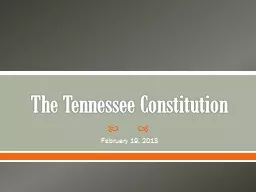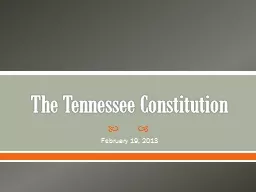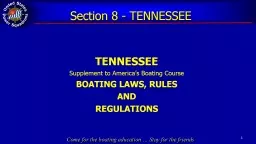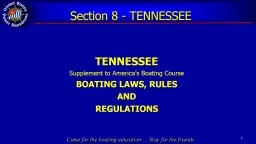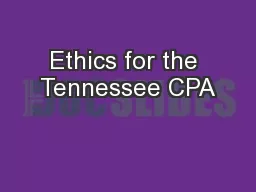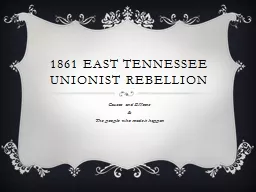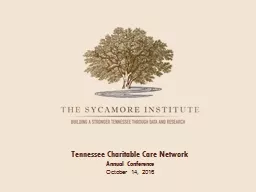PPT-The Tennessee Constitution
Author : aaron | Published Date : 2019-12-21
The Tennessee Constitution February 19 2013 Oh Mommy Oh Mommy I aint no Commie Im just doing what I can to live the good old allAmerican way It says right there
Presentation Embed Code
Download Presentation
Download Presentation The PPT/PDF document "The Tennessee Constitution" is the property of its rightful owner. Permission is granted to download and print the materials on this website for personal, non-commercial use only, and to display it on your personal computer provided you do not modify the materials and that you retain all copyright notices contained in the materials. By downloading content from our website, you accept the terms of this agreement.
The Tennessee Constitution: Transcript
Download Rules Of Document
"The Tennessee Constitution"The content belongs to its owner. You may download and print it for personal use, without modification, and keep all copyright notices. By downloading, you agree to these terms.
Related Documents

